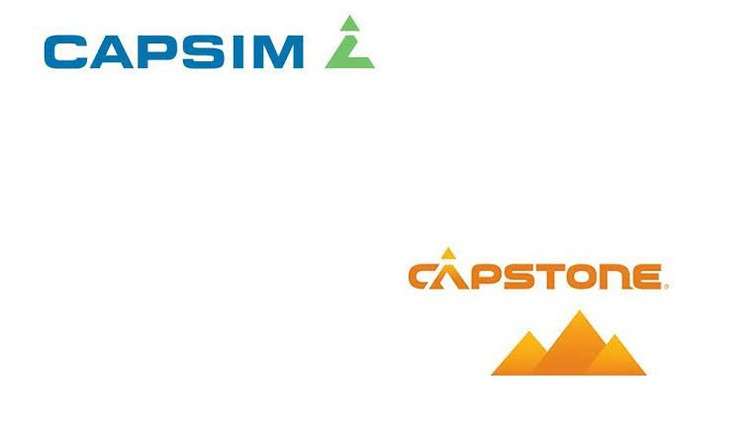
Capstone, Foundation and CompXM
What you will learn
Being able to set decisions properly for Capsim Simulations (Capstone, Foundation and CompXM)
Understand the course material and concepts
Build or use existing templates that will be given in the course for the required calculations
Getting ready for the course exam – CompXM
Description
Welcome to the course: “Capsim Business Simulation: Capstone, Foundation and CompXM”.
The simulation can be overwhelming at the start, but fret not! We will go over all the concepts and get all the tools that are needed in order to succeed in the simulation.
During the making of the course, a lot of thought was put into what material should be covered, and I tried to put in the minimal amount of calculations and formulas, and instead focus on explaining the thought process behind the decisions, the strategies, and focus on the “why”, rather than the “how”.
Since some calculations are still needed, simple to use spreadsheets were added with examples in the videos on how to use them in order to make the calculations as easy as possible.
After watching this course, the student will understand the concepts of Capsim Business Simulation, and will be able to set all the required decisions.
– R&D: Revise existing products and introduce new ones, matching customers’ demands.
– Marketing: Set Pricing, Marketing budgets and forecast.
– Production: Set Production schedule, purchase capacity and automation.
– Finance: Take long-term and short-term loans, issue stocks, and fund the expenses of the company.
So, I hope this course would be helpful to those who are planning to take on their simulation.
And remember, this is only a game, so have fun – and good luck!
Content